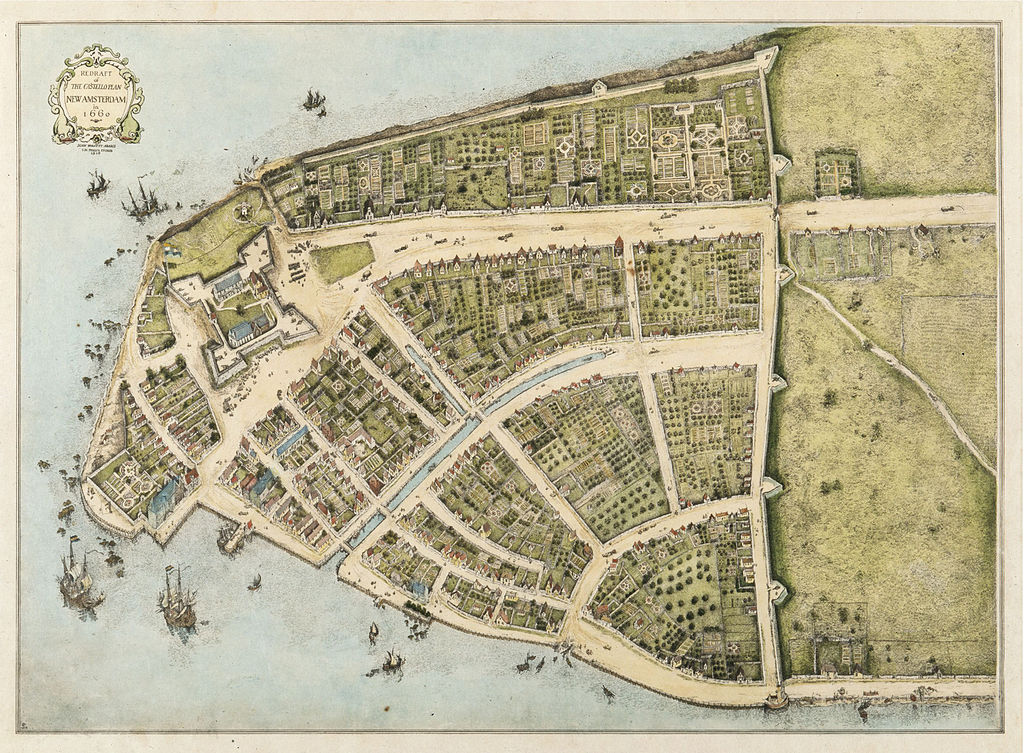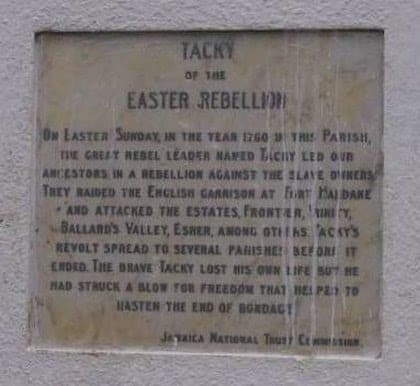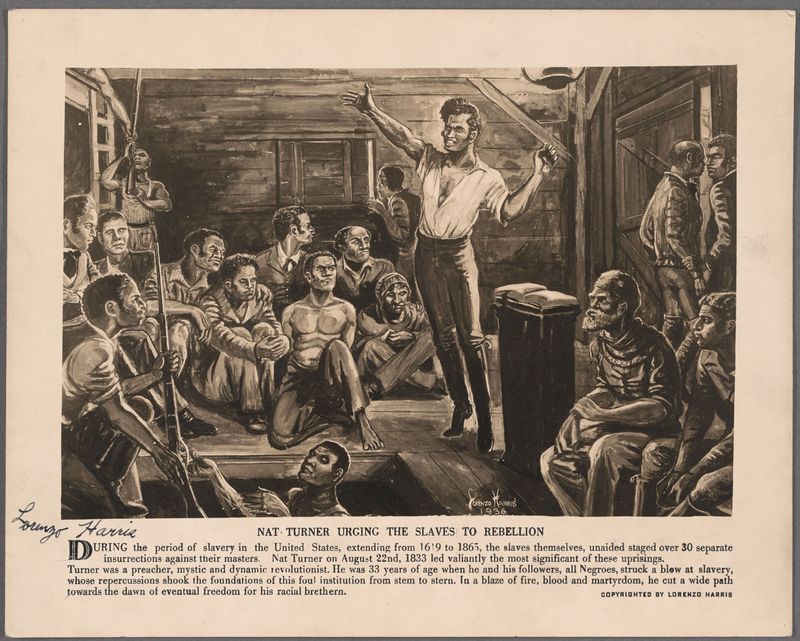 In 1741, with the economy in decline, the ruling class of New York City faced the wrath of both poor white workers and the large enslaved population. As the Gilder Lehrman Institute of American History notes, “This tension boiled over in the spring when a series of fires led white New Yorkers to fear an uprising of enslaved people.”
In 1741, with the economy in decline, the ruling class of New York City faced the wrath of both poor white workers and the large enslaved population. As the Gilder Lehrman Institute of American History notes, “This tension boiled over in the spring when a series of fires led white New Yorkers to fear an uprising of enslaved people.”
On March 8, 1741, a fire burned down the governor’s house in Fort George. As the Historical Society of the New York Courts reports, “Nine more serious fires occurred in the weeks that followed, and the population of the city was in a state of panic.”
As explained at BlackPast,
Between the months of March and April, ten fires blazed in the city, culminating with four fires on a single day in early April. A grand jury concluded that the fires were the work of Black arsonists who had ties to a larger conspiracy to burn the city and murder all the white people. More than a hundred slaves were brought into the basement of the city hall on charges of burglary, arson and insurrection. Thirteen slaves were burned at the stake, and 70 others were sold into the backbreaking slavery of the Caribbean. Two white men and two white women were also hanged. Seven other whites were permanently expelled from New York City.
 We recommend the historical fiction book Revolution by Fire: New York’s Afro-Irish Uprising of 1741, a Graphic Novel, a “hypothetical look at the inner workings of the so called “New York Conspiracy” or “Slave Rebellion” of 1741, following the figures who were considered the real-life masterminds of the plot.”
We recommend the historical fiction book Revolution by Fire: New York’s Afro-Irish Uprising of 1741, a Graphic Novel, a “hypothetical look at the inner workings of the so called “New York Conspiracy” or “Slave Rebellion” of 1741, following the figures who were considered the real-life masterminds of the plot.”
For additional information check out the article and discussion questions at the Gilder Lehrman Institute of American History, “The New York Conspiracy of 1741: A Spotlight on a Primary Source by Daniel Horsmanden.”












Twitter
Google plus
LinkedIn